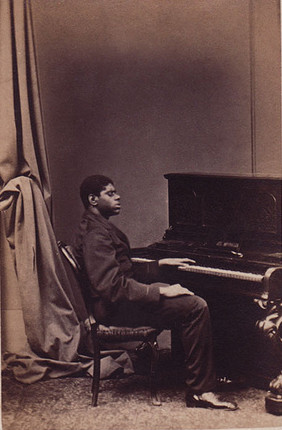Via the beautiful 3 Quarks Daily, I came across psychiatrist Darold Treffert’s Scientific American post about a priori knowledge, which we know exists because of savants who bring talents already formed to the world. And we all likely have such gifts of genetic memory, dormant though they usually are. An excerpt:
Whether called genetic, ancestral or racial memory, or intuitions or congenital gifts, the concept of a genetic transmission of sophisticated knowledge well beyond instincts, is necessary to explain how prodigious savants can know things they never learned.
We tend to think of ourselves as being born with a magnificent and intricate piece of organic machinery (“hardware”) we call the brain, along with a massive but blank hard drive (memory). What we become, it is commonly believed, is an accumulation and culmination of our continuous learning and life experiences, which are added one by one to memory. But the prodigious savant apparently comes already programmed with a vast amount of innate skill -and knowledge in his or her area of expertise–factory-installed “software” one might say–which accounts for the extraordinary abilities over which the savant innately shows mastery in the face of often massive cognitive and other learning handicaps. It is an area of memory function worthy of much more exploration and study.
Indeed recent cases of “acquired savants” or “accidental genius” have convinced me that we all have such factory-installed software. I discussed some of those cases in detail in the August issue of Scientific American under the title “Accidental Genius”. In short, certain persons, after head injury or disease, show explosive and sometimes prodigious musical, art or mathematical ability, which lies dormant until released by a process of recruitment of still intact and uninjured brain areas, rewiring to those newly recruited areas and releasing the until then latent capacity contained therein.
Finally, the animal kingdom provides ample examples of complex inherited capacities beyond physical characteristics. Monarch butterflies each year make a 2,500-mile journey from Canada to a small plot of land in Mexico where they winter. In spring they begin the long journey back north, but it takes three generations to do so. So no butterfly making the return journey has flown that entire route before. How do they “know” a route they never learned? It has to be an inherited GPS-like software, not a learned route.•
Tags: Darold Treffert

